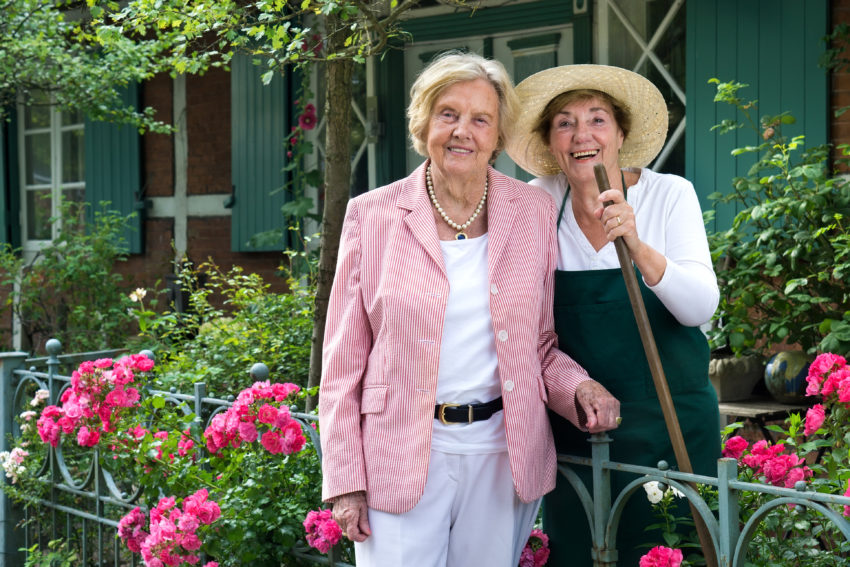
Share On Social!
In Latino culture, family is at the heart and center of life. As parents begin to age, children are often expected to become their caregivers.
1 in every 3 U.S. Latino households has at least one family caregiver.
These Latino caregivers—mainly women in their 40s—often juggle multiple jobs or leave the workforce entirely to enter, the respectable but high-stress, role of taking care of aging family members.
How Do Neighborhood Characteristics Affect Caregivers?
Latino caregivers who provide support to older family members and report high levels of neighborhood cohesion, have fewer depressive symptoms than those caregivers living in less cohesive neighborhoods, according to one recent study. The study goes on to highlight the protective role that neighborhood characteristics play in declining health and mortality and the critical role that social support also plays in caregiver well-being.
Interestingly, caregivers that live in neighborhoods with low levels of willingness to help others and caregivers of U.S.-born family members report more depressive symptoms than caregivers of older immigrant adults.
Trust and safety also influence caregivers’ well-being and concern. For instance, concerns over public safety due to a high incidence of crime can stifle mutual trust among elderly neighbors and also have a negative impact on health.
Overall, the study’s findings underscore the importance of having and creating neighborhoods characterized by helpful and trustworthy neighbors.
Financial Burden and Stress on Latino Caregivers

Many studies show that Latino caregivers of patients with chronic diseases like Alzheimer’s Disease, deal with high levels of stress, anxiety, and depression symptoms.
“Too often, Latino caregivers do not know where to turn for guidance, relief, and support for their caregiving activities,” according to a recent report from the National Hispanic Council on Aging (NHCOA).
Latino caregivers may spend more hours a week giving care and taking on more intensive caregiving needs, than caregivers from other ethnic groups. Additionally, 43% of Latino caregivers live with their loved ones versus 32% of non-Latino caregivers.
Many Latino caregivers have also made major changes in their employment, from taking a leave of absence, to changing jobs, cutting back hours or stopping work entirely.
Ultimately, this sets up caregivers for financial distress.
“One of the main challenges among Hispanic caregivers is finding a balance between the needs of their loved one and the caregiver’s financial situation,” according to the NHCOA report. “On average, the Hispanic caregiver household income is $38,600, well below the national median ($54,700).”
How Can You Get Involved?

The NHCOA report makes the following key recommendations groups and individuals wanting to provide support for family caregivers:
- Create a caregiving hub for different organizations to feed into and spread awareness on services available for family caregivers.
- Frame caregiving as a multi-generational issue that affects all communities, not just older adults.
- Partner with Latino expert organizations to develop programs and services that meet Hispanics’ specific needs.
Many organizations like the Alzheimer’s Foundation of America offers help and tips for managing caregiver stress.
Check out the Alzheimer’s Association resources for Latinos in English or Spanish. The Alzheimer’s Association also has local chapters that provide services within the community.
The Glenn Biggs Institute for Alzheimer’s and Neurodegenerative Diseases at UT Health San Antonio is dedicated to diseases like Alzheimer’s and improving patient and caregiver health, through education and advanced treatments in research and clinical trials.
Explore More:
Healthcare AccessBy The Numbers
25.1
percent
of Latinos remain without health insurance coverage



